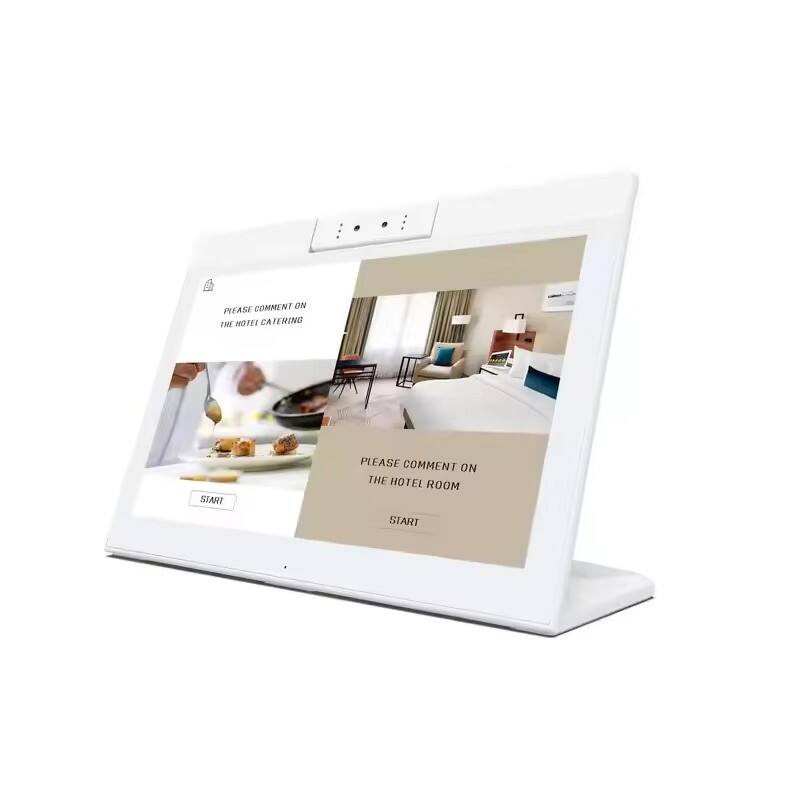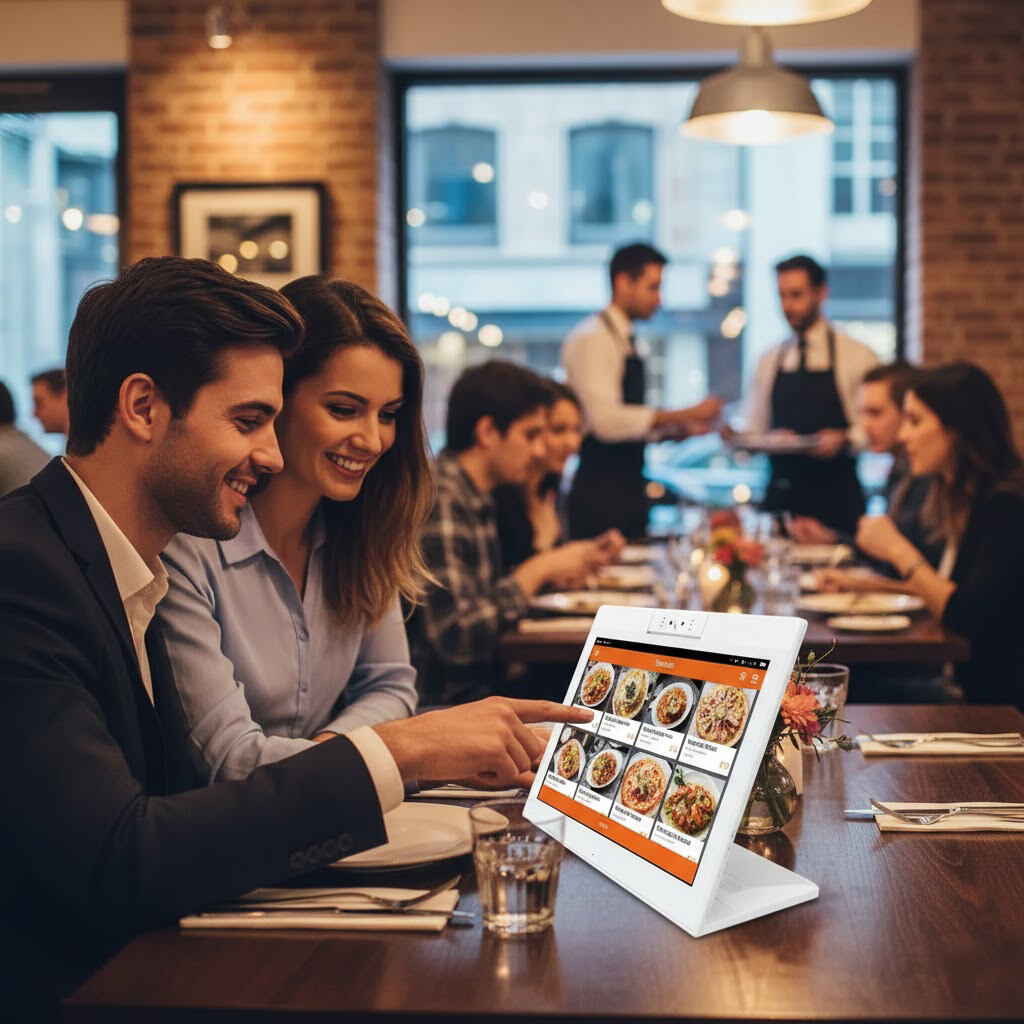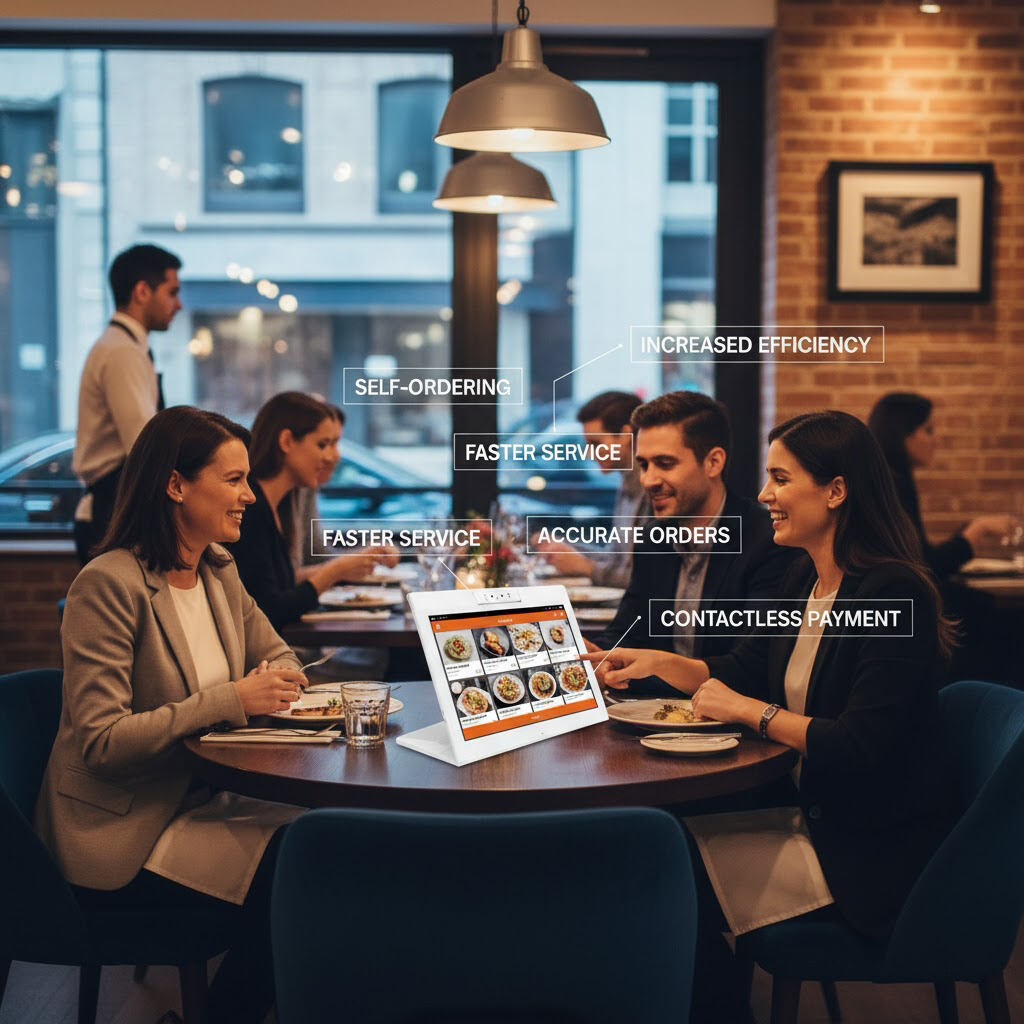How Ordering Tablets Improve Table Turnover in Busy Restaurants

The Challenge of Managing High-Volume Dining
Restaurants in urban centers and tourist destinations often face the same operational struggle: balancing customer experience with the need to maximize table turnover. During peak hours, delays in taking orders or processing payments can cause bottlenecks, leading to frustrated guests and lost revenue opportunities. A recent industry report by the National Restaurant Association notes that 67% of diners expect quicker service compared to just five years ago, which places new demands on restaurant managers. Against this backdrop, Restaurant Ordering Tablets have become a powerful tool for streamlining service while maintaining quality.
Core Features of Restaurant Ordering Tablets
At the heart of these solutions lies technology designed specifically for the fast-paced foodservice industry. A Restaurant Ordering Tablet functions as a user-friendly digital menu and point-of-sale extension, enabling guests or staff to input orders directly. Features often include integration with the kitchen display system, multi-language menus, allergen information, and contactless payment options. This makes the device more than just a digital menu tablet—it becomes a central component in a restaurant’s workflow, ensuring orders are accurate, instantly transmitted, and automatically logged into the system.

Real-World Scenarios in Dining Rooms
Consider a 120-seat casual dining restaurant during a Saturday evening rush. Instead of waiting for a server to approach, guests browse the interactive self-ordering restaurant tablet on their table, select dishes, and send orders directly to the kitchen. In parallel, servers are freed to focus on upselling specials or managing customer queries. Payment at the end of the meal can be completed on the same device, avoiding long waits for card machines. This process reduces idle time and accelerates table turnover rates, while giving diners more control over their experience.
Efficiency Gains and Time Savings
Studies from quick-service and full-service operators adopting table ordering tablets show measurable efficiency improvements. Average order-taking time decreases by 40%, and meal delivery accelerates as kitchens receive real-time updates. Restaurants that rely on these tools report an increase in table turns during peak hours, with some achieving 10–15% higher throughput. Beyond speed, fewer order mistakes translate into reduced food waste and lower operational costs. For managers, the integration of restaurant workflow optimization tablets also simplifies data collection, offering insights into dwell time, popular menu items, and server efficiency.

Enhancing Guest Experience Without Sacrificing Hospitality
While some worry that digital ordering might reduce personal interaction, the opposite often occurs. With restaurant self-service tablets handling routine transactions, staff spend more time engaging with guests on a meaningful level—checking in, suggesting wine pairings, or resolving issues promptly. Diners increasingly appreciate the ability to customize their meal, check nutritional information, or split bills seamlessly on a smart restaurant tablet. This blend of digital convenience and human hospitality improves overall satisfaction, encouraging repeat visits.
Cost Optimization and Labor Benefits
Labor shortages remain one of the most pressing issues in foodservice. By deploying restaurant POS tablets, operators can optimize staffing without compromising service quality. One staff member can oversee more tables when guests handle parts of the ordering process themselves. This reduces the reliance on temporary staff during peak times, lowering payroll costs. Furthermore, training time for new hires is shortened, as the tablets guide order input and payment workflows. For multi-location chains, standardized ordering tablets ensure consistency across outlets, minimizing errors and training costs.

Insights from Early Adopters
International franchises and independent operators alike are embracing digital restaurant tablets. For example, a mid-sized European casual dining chain reported that average dining duration decreased by 12 minutes per table after adopting ordering devices for restaurants, allowing them to seat more guests per evening. Customer satisfaction scores also rose, with 80% of surveyed diners saying the digital menu improved transparency and ordering accuracy. Such results highlight the combined efficiency and experience advantages of this technology.
Aligning with Broader Hospitality Trends
The adoption of restaurant ordering devices aligns with broader industry shifts toward digitization and data-driven management. As more guests use mobile apps for reservations and delivery, in-house digital tools feel natural and complementary. Tablets integrated with restaurant management software create seamless ecosystems where reservations, orders, and payments connect in real time. Looking ahead, advancements in AI-driven recommendations, loyalty program integration, and multilingual voice ordering will likely expand the role of smart ordering tablets in global foodservice operations.

A Sustainable Path for Growing Restaurants
For busy restaurants, achieving higher table turnover without rushing guests is a delicate balance. Ordering tablets offer a sustainable way to meet modern diner expectations while addressing operational constraints. By combining speed, accuracy, and guest empowerment, these devices help restaurants serve more customers, optimize labor, and gather valuable insights. As competition in the hospitality sector intensifies, leveraging restaurant ordering tablets positions operators not only to survive but to thrive in the evolving landscape of digital dining.
Table of Contents
- The Challenge of Managing High-Volume Dining
- Core Features of Restaurant Ordering Tablets
- Real-World Scenarios in Dining Rooms
- Efficiency Gains and Time Savings
- Enhancing Guest Experience Without Sacrificing Hospitality
- Cost Optimization and Labor Benefits
- Insights from Early Adopters
- Aligning with Broader Hospitality Trends
- A Sustainable Path for Growing Restaurants

